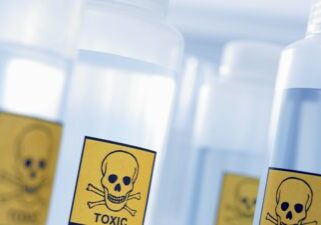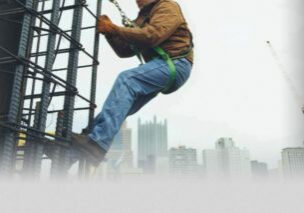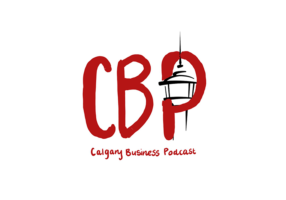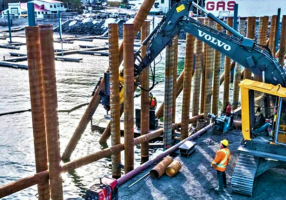Personal Fall Arrest Equipment
Posted: May. 27, 2021
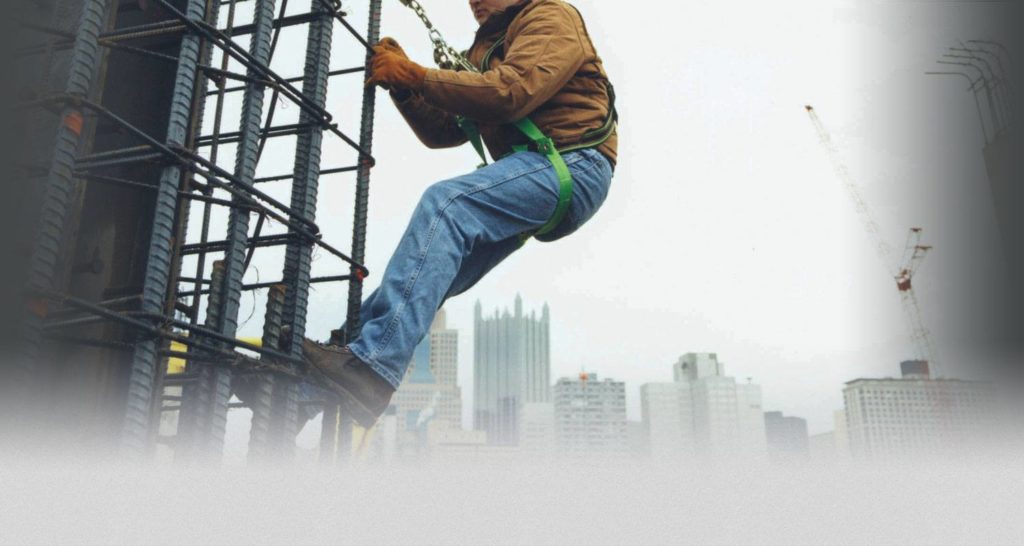
The Issue
The National Safety Council (NSC) reports that falls are a leading cause of death in the U.S. for working adults. According to the NSC, nearly 700 workers died, and 48,000 were injured badly enough to miss work in 2016, in the U.S., in falls to a lower level. Although construction workers were most at risk, deaths and injuries from falls occurred regularly in many other industries and employment sectors. Other countries have similar death and injury rates and frequencies for falls to lower levels at work. Below we will discuss the personal protective equipment (PPE) used to arrest falls and safeguard those working at heights.
Protecting Workers against Falls to Lower Levels
Permanent workstations have engineered fall protection requirements such as barriers, guardrails, covers, etc. For work being carried out at a temporary location, or where other controls such as barriers are not practicable, PPE is used to protect workers against falls. Some examples of the heights where PPE is required in different jurisdictions are:
- 3 meters in Canadian provinces and territories;
- 2.4 meters for Canadian federally regulated workplaces;
- 4 feet (1.2 meters) in U.S. general industry; and
- 6 feet (1.8 meters) in the U.S construction industry.
Fall protection is required, regardless of the height, if there is an unusual risk of injury or when working over water.
Personal Fall Arrest Equipment (PFAE)
PFAE will generally consist of a:
- Full body harness worn by the worker;
- Energy absorbing lanyard attached to the harness and an anchor point or a line; and
- Connecting components to the harness, lanyard, anchor points and safety lines.
The PFAE system must be designed to fit the worker correctly and meet the safety requirements of its intended use. In particular, there will be certifying agency specifications (CSA and ANSI in North America) to be met for the PFAE.
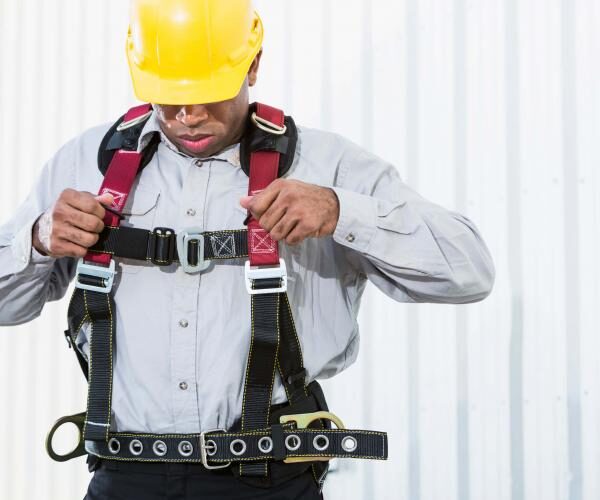
PFAE Considerations
Selection, use, and care of PFAE is critical to worker safety. In general, the following is either required specifically by legislation or as an employer standard of care:
- Workers must be trained in the use, care, inspection and limitations of their specific PFAE;
- Employers must ensure that the PFAE meets all legislated requirements;
- PFAE must be inspected by a competent or qualified person before each use;
- PFAE must be properly fitted by a competent person;
- Faulty PFAE must be safely removed from service; and
- PFAE must be certified and recertified as required.
General Fall Arrest Considerations
Before using any PFAE:
- Ensure that other higher-order controls (elimination, engineering) are not feasible;
- Conduct a hazard assessment to define the controls and PFAE to be used;
- Verify that safety lines and anchor points meet legislated requirements;
- Establish a viable rescue plan that will protect the health of workers who have fallen;
- Ensure that there is a compliant inspection plan and that those responsible for inspections are competent to do so;
- Ensure that there is a recordkeeping program in place; and
- Ensure that there is a training program in place for those using PFAE, conducting inspections or involved in rescues.
Best Practices
These PFAE related requirements should be included in a comprehensive company fall protection plan that is specific to each worksite and fall protection requirement.
Let's not fall down on the job.
The following reference material can be accessed if you require additional information:
- CCOHS OSH Answers Facts Sheets: Body Belts, Harnesses, and lanyards
- InUnison HSM SWP Fall Protection and Plan Protection Plans
Please contact your InUnison safety representative if you require any assistance with your fall protection plan or your health and safety system
A safety trainer in your pocket
Full safety program
Built by safety experts
Use it online, on any device
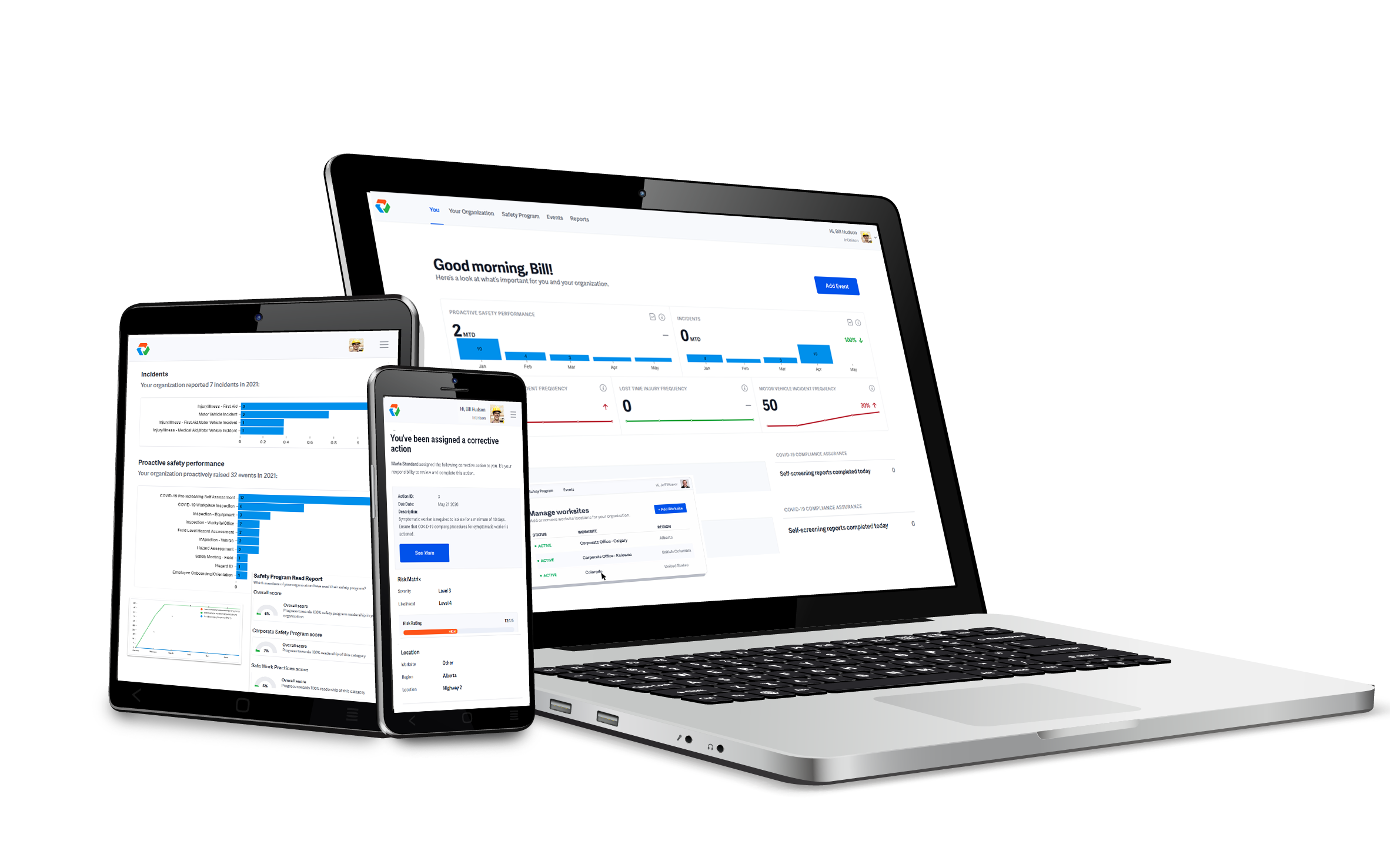
Related Articles
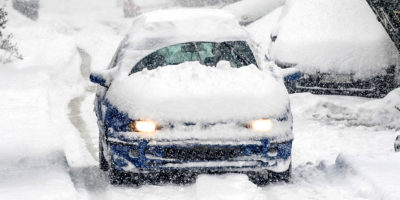
The Best Holiday Gift – Safe at Work and at Home
The Issue The National Safety Council (NSC) reports that falls are a leading cause of death in the U.S. for […]
Read Article
Safety Inspections
The Issue The National Safety Council (NSC) reports that falls are a leading cause of death in the U.S. for […]
Read Article

